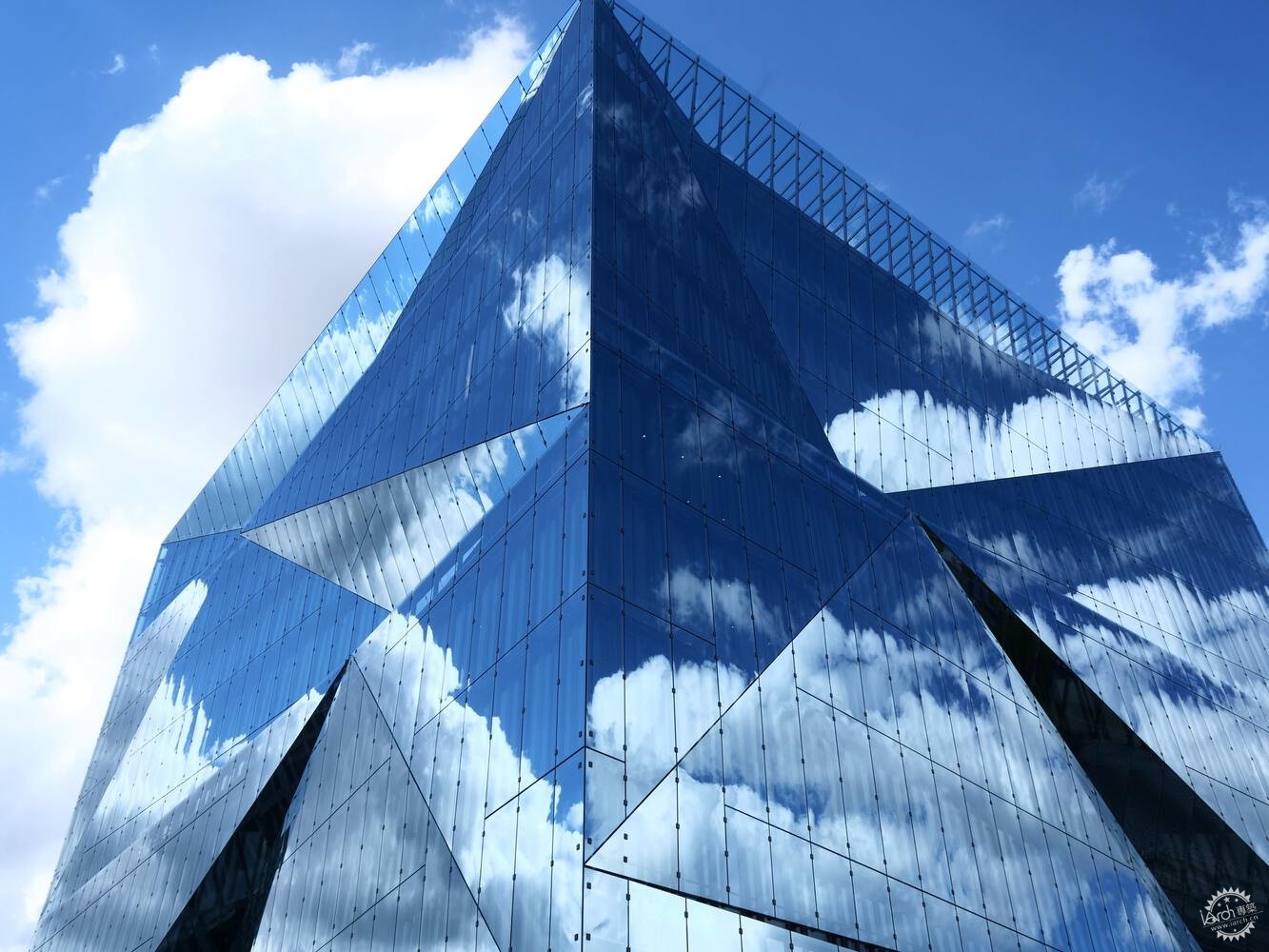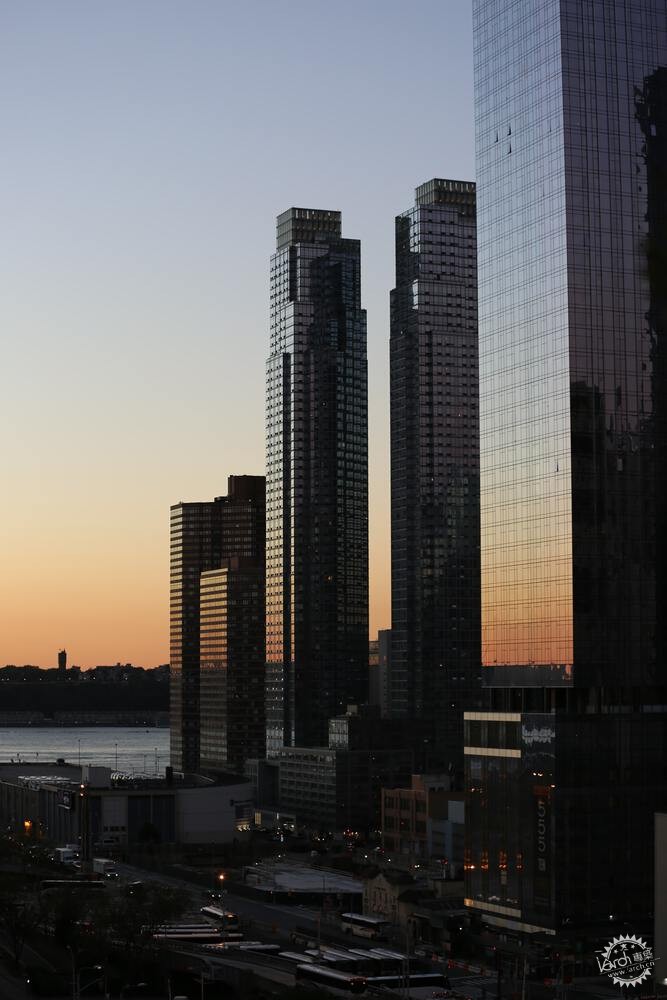
Photo of ETA+, via Unsplash
建筑是如何促成世界温度上升的
How Architecture is Contributing to the Increase of the Temperature of the World
由专筑网Zia,小R编译
在过去的60年里,建筑师和工程师已经向工业化的建筑解决方案妥协,建筑的设计过程越来越快,且成本越来越低。随着整个20世纪出现的标准化和经济的国际建筑方法,许多专业人士放弃了几千年来形成的对抗不同地区的极端气候的乡土传统。
统一性 x 热量
标准化的建筑在世界各地越来越普遍,不管它们是位于伦敦还是曼谷,尽管这些地方的气候和地理位置完全相反。遮蔽的阳台、金属天花板和厚实的墙体已被现代的立方体风格所取代。
印度、泰国和巴西等热带气候国家被玻璃外墙和混凝土板所淹没,由于越来越高效的空调系统可以调节这些建筑内部的温度,这些建筑占据了城市的天际线。
Over the past 60 years, architects and engineers have surrendered to industrial construction solutions, with buildings designed to be built faster and faster and at very low cost. As a more standardized and cheaper international approach to building emerged throughout the 20th century, many professionals abandoned the vernacular traditions of their ancestral cultures, which were developed over thousands of years, to fight the climatic extremes of different regions.
Uniformity x Heat
Standardized buildings are increasingly common in different capitals of the world, no matter if they were built in London or Bangkok, cities with completely opposite climates and geographical position. The shady balconies, brise-soleils and thick insulating walls have been replaced by a modern, square style.
Tropical climate countries such as India, Thailand and Brazil were flooded by glazed facades and concrete slabs, which dominated city skylines thanks to increasingly efficient air conditioning systems that allowed the regulation of temperatures inside these buildings.

Photo © Felipe Lange Borges, via Flickr. CC BY-NC-ND 2.0 License
但这些玻璃盒子总是带来环境问题。例如,曼哈顿在1965年至1969年期间建造的办公大楼,每单位建筑面积所消耗的能源是1950年至1954年期间建造的大楼的两倍。
玻璃幕墙的另一个问题是进入建筑内部的强烈光线,这促使了百叶窗和窗帘的使用,阻挡了外部视野,增加了对人工照明的依赖,而这又进一步增加了能源消耗。
在气候变化的时代,这种统一性似乎是一个错误。例如,印度的大部分地区正被温度接近50 oC的热浪所笼罩,对冷却能源日益增长的需求帮助引发了城市的日常停电,加剧了城市热岛效应。
根据2014年发表在《AGU——Advancing Earth and Space Science》上的一项研究,当空调设备帮助人们在晚上安眠时,它们向街道释放的热量可以使当地的温度提高约5 oC。
这一切是如何开始的
热带城市的建筑在20世纪90年代开始迅速变化,当时所谓第三世界的国家开始向市场经济过渡。随着建筑的发展,西方或全球化的风格成为标准。这种变化在一定程度上针对审美,开发商喜欢在美国或欧洲建造有代表性的玻璃摩天大楼,年轻的建筑师把他们在国外学习时学到的想法带回祖国。
经济方面的考虑也发挥了作用。随着城市的土地变得愈发昂贵,存在着扩大物理空间的压力,取消了厚厚的墙壁和天井,使热量降到最低。同时,比起使用适合低层结构的传统压缩块材,使用钢和混凝土来建造高大的结构更快更容易。
这种做法的后果是使建筑物对高温的抵抗力下降。这种影响看似微乎其微,因为它很容易被电风扇和空调所解决,当开发商出售他们的建筑时,冷却能源成本并不是一个问题。
即使是最具有工匠精神的建筑团队也采用了现代的模式风格,这些团队很少有真正的建筑师或设计师。"他们看到什么就建什么,他们会在村里的房子上运用传统元素,但当他们在城市里的时候,会被城市的需要,被城市的想象力所驱使。然后,国际风格就成为了共同的愿望。"IHSS(印度人类住区研究所)的主任Aromar Revi在接受《时代》杂志采访时说。
But these glass boxes have always brought environmental problems. For example, office buildings in Manhattan built between 1965 and 1969 consumed twice as much energy per unit of floor space as those built between 1950 and 1954.
Another problem with glazed facades is the intense lighting that enters the interior of the buildings, which causes blinds and curtains to be used, blocking the external view and increasing the dependence on artificial lighting, which, in turn, increases energy consumption even further.
In the age of climate change, this uniformity seems like a mistake. Large parts of India, for example, are being smothered by a heat wave with temperatures approaching 50 oC. Growing demand for cooling energy has helped trigger daily blackouts in cities, worsening the urban heat island effect.
When air conditioning units are turned on to help people sleep at night, they release heat into the streets, which can raise the local temperature by about 5 oC, according to a study published in 2014 in AGU – Advancing Earth and Space Science.
How It All Began
The architecture of tropical cities began to change rapidly in the 1990s, when countries of the so-called third world began to make a transition to a market-based economy. As construction grew, western or globalized styles became the standard. The change was partly aesthetic; developers favored the glassy skyscrapers and straight lines considered prestigious in the US or Europe, and young architects brought home ideas they had learned while studying abroad.
Economic considerations have also played a role. As land became more expensive in cities, there was pressure to expand physical space, eliminating thick walls and patios that minimized heat. And it was quicker and easier to raise tall structures using steel and concrete, rather than using traditional compressed earth blocks that are suitable for low-rise structures.
The consequence of this approach was to make buildings less resistant to high temperatures. The impact seemed minimal: it could easily be fixed by electric fans and air conditioning, and cooling energy costs were not a problem for developers when they sold their buildings.
Even the most artisanal construction teams adopted modern, patterned styles. These teams rarely have a trained architect or designer. “They build what they see. They can build traditional elements in their village houses, but when they arrive in the city, they are driven by the imperatives of the city, by the city's imaginaries. And then international style is aspiration.”, says Aromar Revi, director of IHSS (Indian Institute for Human Settlements) in an interview with Time magazine.

Photo by img.ly via Unsplash
世界各地的发展中国家也发生了类似的变化,从中东到拉丁美洲的城市都接受了全球化建筑的复制粘贴理念。随着全球建筑业对混凝土和钢铁的接纳,当地的材料、设计和技术被逐渐取代,由此产生了持久的后果。
对于建筑师和《Habitat: Vernacular Architecture for a Changing Planet》一书的作者Sandra Piesk博士来说,一些传统方法还没有经历它们所需要的技术革命,以使它们更加耐用,更加容易在大型城市的规模中被使用,所以建筑商只专注于已经普及的混凝土和钢铁的使用。
乡土建筑的回归?
在印度,一场恢复更多特定地区的建筑风格,并将其与现代技术相结合的运动正在进行中。在过去的十年里,数以千计的建筑师,主要是在奥罗维尔市,已经推广了在墙壁和屋顶上使用夯土,这种材料可以吸收热量和水分,由于开发出了更稳定的压实块,现在夯土可以用来建造更大更复杂的结构。
大学正在教学生在特定气候环境下进行建设,而非营利组织和工艺建筑公司举办了研讨会,向小规模的建筑师和建筑商教授这些方法。
更广泛地采用对气候敏感的建筑将大大减少建筑物冷却所需的能源,这在未来几年内对地球来说可能是至关重要的。根据联合国环境规划署和国际能源署的一份报告,目前全球有36亿台制冷设备在使用,而且这个数字每秒钟增加10台。专家预测,到2050年,我们将需要140亿台制冷设备来满足每个人的需求。
在建筑领域增加传统材料的使用也会影响地球上的二氧化碳排放。乡土建筑倾向于使用更多天然的、来自当地的物质,如泥土或木材,而不是混凝土和钢铁,后者通过碳密集型工业流程制造,再被运到数千英里之外。2020年研究人员在《国际建筑杂志》上发表的一篇论文发现,生产乡土材料每公斤需要0.11兆焦耳到18兆焦耳的能量,而现代材料每公斤需要2.6兆焦耳到360兆焦耳。
建筑的未来不会是简单地回到70年前现代运动到来之前的情况。前进的道路会引导传统建筑师根植于当地的问题解决策略,并融入当代技术,在抗击高温的过程中找到传统和现代的平衡点。
也许这样,我们能够尝试纠正上个世纪建设的加剧和猛烈加速所造成的负面影响,特别是在一些受到全球变暖和污染较为严重的地方。
Via Tabulla
Similar changes have taken place in developing countries across the world, with cities from the Middle East to Latin America taking up the copy-paste idea of globalized architecture. As the global construction industry has embraced concrete and steel, local materials, designs and technologies have been replaced – with lasting consequences.
For Dr. Sandra Piesk, architect and author of the book “Habitat: Vernacular Architecture for a Changing Planet”, some of these traditional methods have not gone through the technological revolution they needed to make them more durable and easier to use on a large urban scale, so the builders simply focused on perfecting the use of concrete and steel.
The Return of Vernacular Construction?
A movement to revive more region-specific styles of architecture – and combine them with modern technologies – is underway in India. In the last decade, thousands of architects, mainly in the city of Auroville, have promoted the use of rammed earth in walls and roofs. It absorbs heat and moisture and can now be used to build larger and more complex structures thanks to the development of more stable compacted blocks.
Universities are teaching students to build in a climate-specific way, while nonprofits and craft construction companies are holding workshops teaching this approach to small-scale architects and builders.
Wider adoption of climate-sensitive architecture would greatly reduce the energy required to cool buildings. This could be crucial for the planet for years to come. There are currently 3.6 billion refrigeration appliances in use worldwide, and that number is growing by up to 10 appliances every second, according to a report by the United Nations Environment Program and the International Energy Agency. By 2050, experts predict that we will need 14 billion units to meet everyone's needs.
Increasing the use of traditional materials in the construction sector would also affect CO2 emissions on the planet. Vernacular architecture tends to use more natural, locally sourced substances like earth or wood rather than concrete and steel, which are created through carbon-intensive industrial processes and transported thousands of miles away. A 2020 paper published by researchers in the International Journal of Architecture found that producing vernacular materials required between 0.11 MJ and 18 MJ of energy per kilogram, compared to 2.6 MJ to 360 MJ per kilogram for modern materials.
The future of architecture will not be simply going back to how things were 70 years ago in tropical countries before the arrival of the Modern Movement. The way forward is to channel the locally rooted problem-solving strategies of traditional architects, incorporating contemporary techniques – finding a balance between ancestry and modernity in the fight against heat.
Perhaps this way, we will be able to try to correct the negative impacts caused by the exacerbated and ferocious acceleration of construction in the last century, especially in the Global South, the biggest victim of warming and pollution in the world.
|
|
